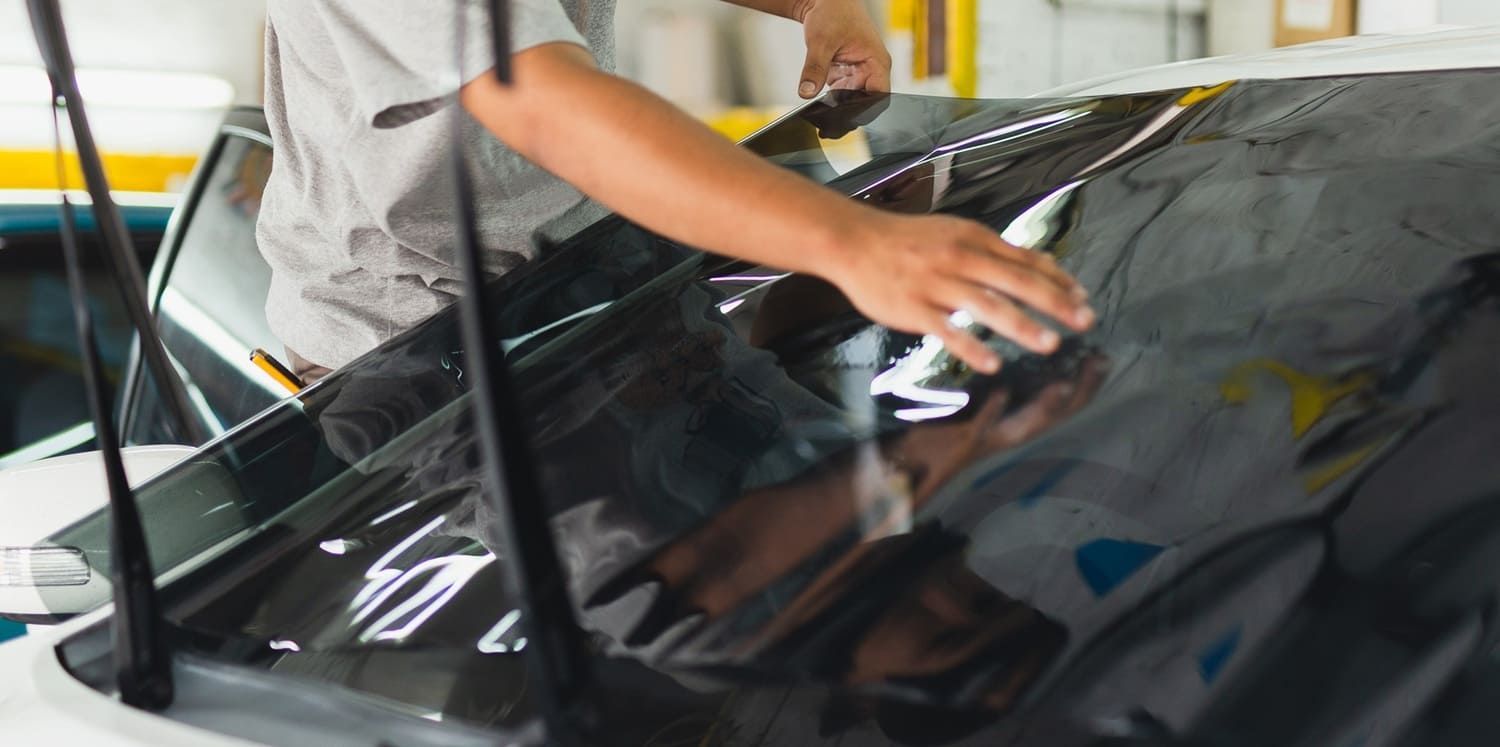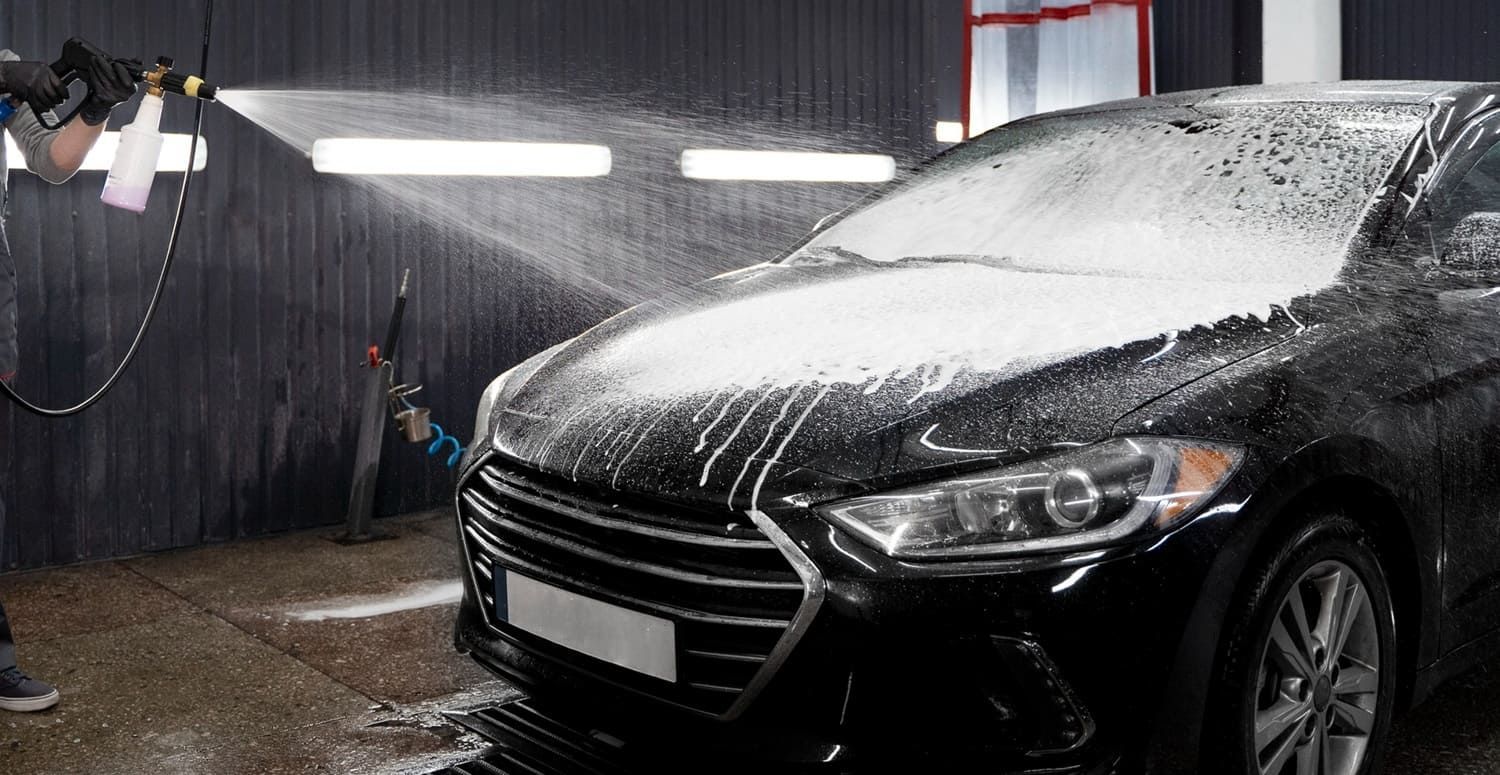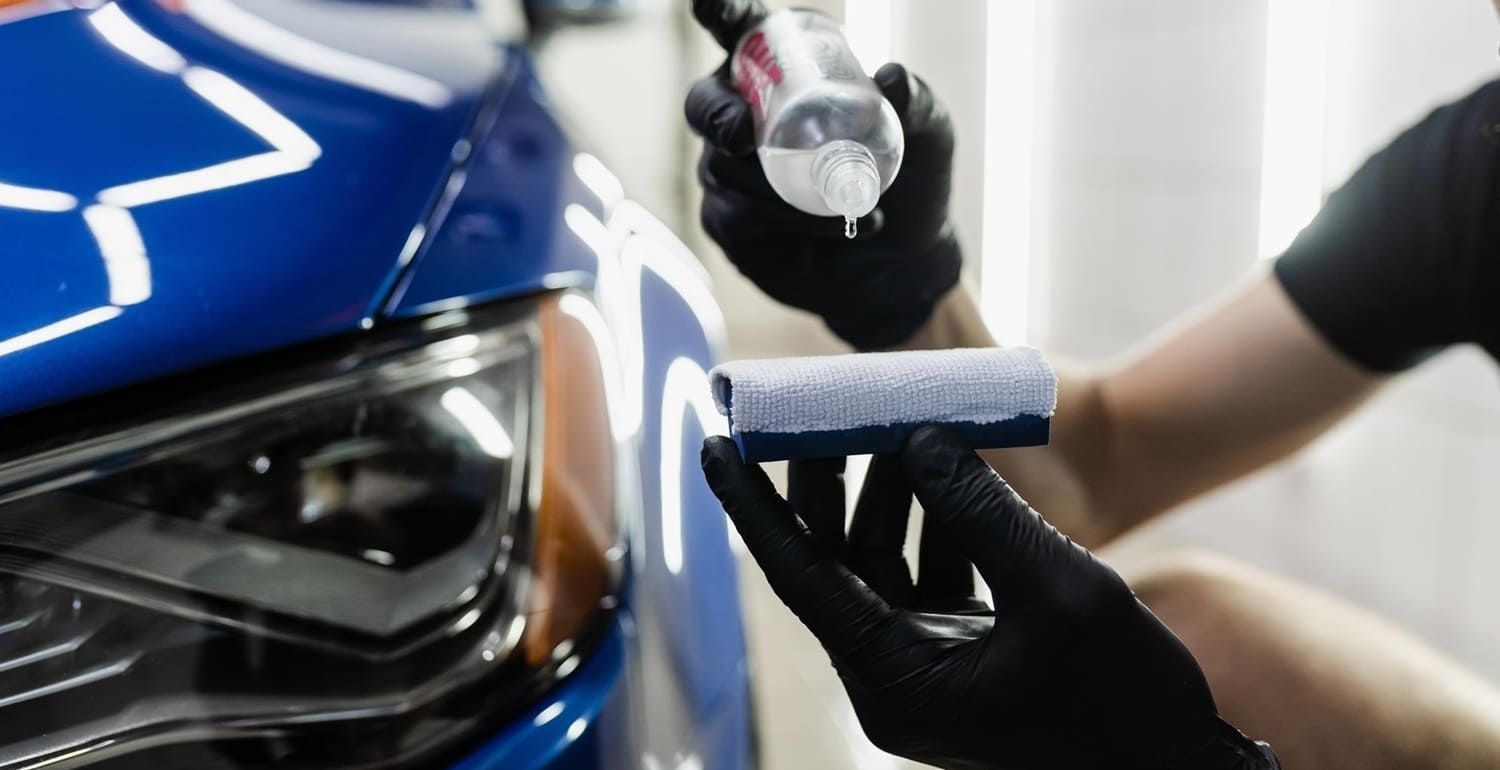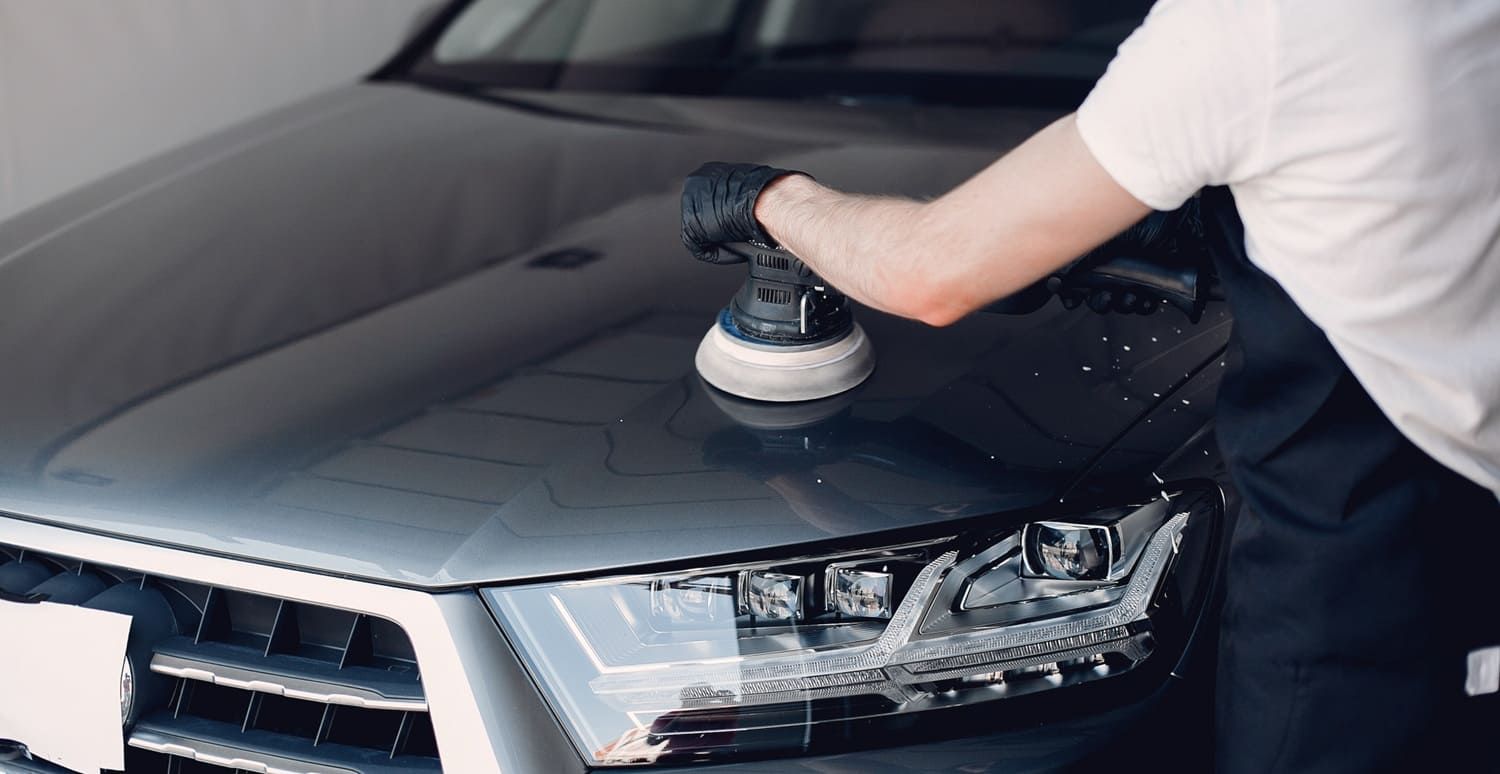Window Tinting Maintenance Tips: How to Keep Your Tint Looking New
Window tinting can enhance your vehicle's appearance and protect its interior. But to keep it looking new, proper maintenance is crucial.
Understanding how to care for your tinted windows can extend their lifespan. It can also preserve the quality and benefits of the tint.
In this article, we'll share practical tips on window tinting maintenance. We'll guide you on how to keep your tint looking new and vibrant.
From cleaning techniques to protection strategies, we've got you covered. We'll also discuss the importance of regular inspections and when to seek professional help.
Whether you're a new car owner or a seasoned driver, this guide is for you. Let's dive in and learn how to keep your window tint in top-notch condition.

Understanding Window Tint Care
Caring for tinted windows starts right after the tinting process. It's crucial to understand the curing process and the immediate aftercare steps.
The curing process and aftercare are vital for the longevity of your window tint. They ensure the tint adheres properly to the window, preventing future issues.
The Curing Process: What to Expect
The curing process is when the adhesive of the tint bonds to the window. This process can take a few days to a few weeks, depending on the climate and tint type.
During this period, it's normal to see some hazing or small water pockets. These should disappear once the tint is fully cured.
Immediate Aftercare: The First Few Days
In the first few days after tinting, avoid rolling down your windows. This helps the tint adhere properly without disturbance.
Also, refrain from cleaning the windows during this period. This allows the adhesive to set in without interference.
Cleaning Your Tinted Windows Safely
Cleaning tinted windows requires a gentle touch and the right products. It's essential to avoid harsh chemicals and abrasive tools that can damage the tint.
Regular cleaning helps maintain the appearance of your tint. However, it's crucial to wait until the tint is fully cured before starting any cleaning routine.
Choosing the Right Cleaning Solutions
When it comes to cleaning solutions, avoid ammonia-based products. These can degrade the tint over time, causing it to discolor or peel.
Instead, opt for a mild soap and water solution or a cleaner specifically designed for tinted windows.
Tools for Scratch-Free Maintenance
The tools you use for cleaning can also impact your tint. Avoid using rough cloths or sponges that can scratch the tint.
Soft microfiber cloths are a great choice. They're gentle on the tint and effective at removing dirt and smudges.
The Best Techniques for Washing Tinted Windows
When washing your tinted windows, use gentle, circular motions. This helps prevent scratches and ensures even cleaning.
After washing, dry the windows with a clean, soft cloth. Avoid letting the water dry naturally as this can leave water spots on the tint.
Protecting Your Window Tint
Protecting your window tint involves more than just careful cleaning. It's also about avoiding common hazards that can damage the tint.
For instance, seat belts can scratch the tint if they snap back against the window. Be mindful of this and other potential risks.
Avoiding Common Hazards
Common hazards for window tint include sharp objects, extreme temperatures, and UV rays. Avoid using sharp objects near your tinted windows to prevent scratches.
Also, try to park your car in shaded areas during hot days to protect the tint from extreme heat and UV rays.
Parking Strategies to Reduce Wear
Where you park your car can significantly impact your window tint. Parking in direct sunlight can cause the tint to fade over time.
Whenever possible, park in shaded areas or use a car cover. This can help protect your tint from harmful UV rays and prolong its lifespan.
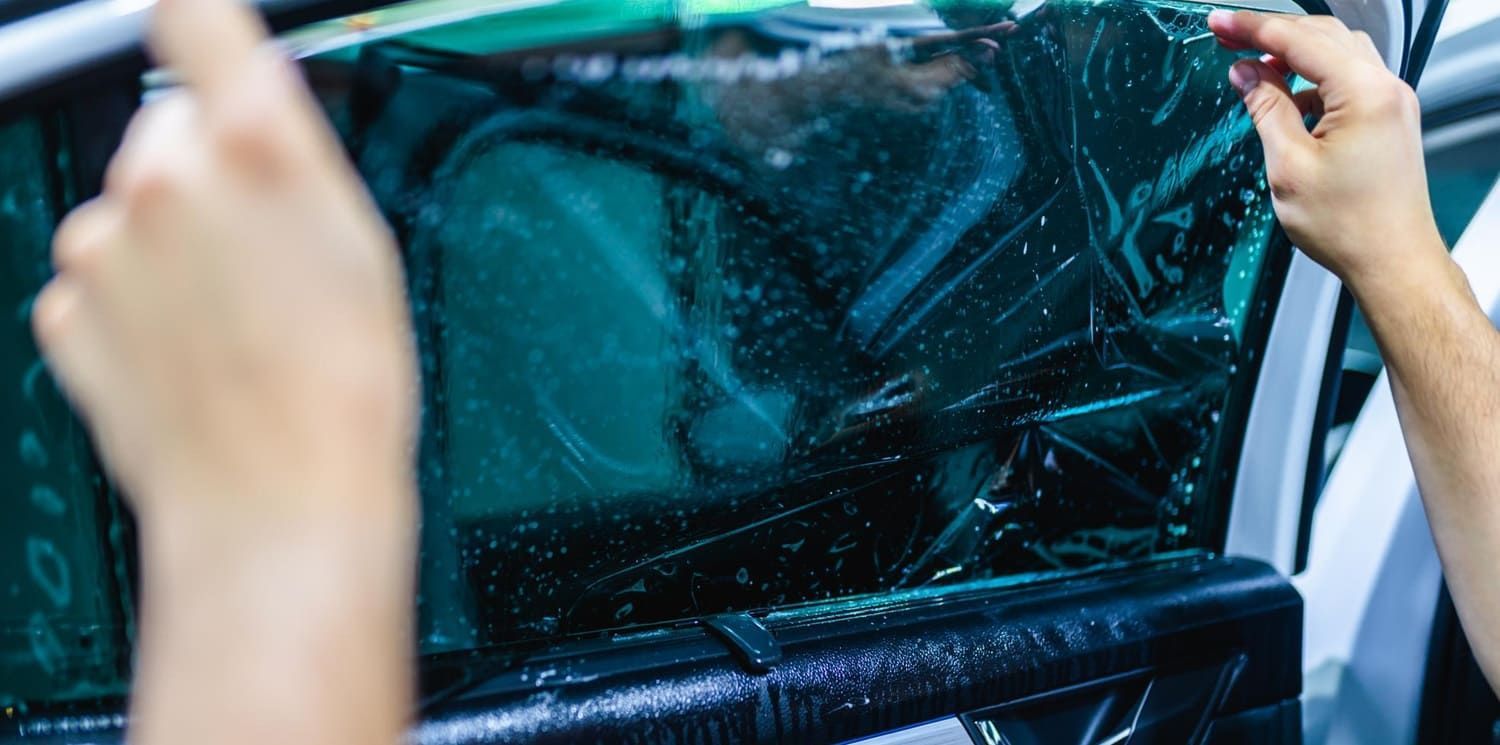
Regular Maintenance and Inspections
Regular maintenance and inspections are key to keeping your window tint looking new. This involves cleaning your windows regularly and inspecting them for any signs of wear and tear.
Remember, the sooner you spot a problem, the easier it is to address. Regular inspections can help you catch issues early and extend the life of your tint.
When to Inspect and What to Look For
It's a good idea to inspect your window tint at least once a month. Look for signs of peeling, bubbling, or discoloration.
Also, pay attention to the edges of the tint. Dirt can accumulate here and cause the tint to peel over time.
Addressing Bubbles, Peeling, and Scratches
If you notice bubbles, peeling, or scratches on your window tint, it's important to address them immediately. Ignoring these issues can lead to further damage.
For minor issues, there are DIY solutions available. However, for more serious problems, it's best to seek professional help.
Professional Help and Legal Considerations
While DIY maintenance can help, professional services offer a higher level of care. They have the right tools and expertise to handle any tint-related issue.
Moreover, professionals can provide advice on the best maintenance practices. They can also help you understand the specifics of your tint material and its care needs.
The Role of Professional Installation and Maintenance
Professional installation plays a crucial role in the longevity of your window tint. Experts ensure the tint is applied correctly, reducing the chances of peeling or bubbling.
Additionally, professional maintenance services can address issues that are difficult to handle on your own. They can fix scratches, remove bubbles, and even replace the tint if necessary.
Staying Within Legal Tint Limits
It's important to remember that each state has its own laws regarding window tinting. These laws dictate how dark your tint can be and which windows can be tinted.
Staying within these legal limits is crucial. Not only to avoid fines but also to ensure your tint doesn't interfere with your visibility while driving.
Conclusion: The Benefits of Diligent Tint Care
Proper maintenance of your window tint is more than just about aesthetics. It's about preserving the functionality and benefits of your tint, from UV protection to privacy and interior preservation.
In conclusion, diligent care and regular inspections can extend the life of your tint. It can keep it looking new and performing at its best for years. Remember, the longevity of your tint is a reflection of the care you put into it.
At Wells Window Tint, located in Columbia, TN, we provide expert advice and professional services to help you maintain your window tint. Contact us today for a free estimate and ensure your tint stays in top condition!


